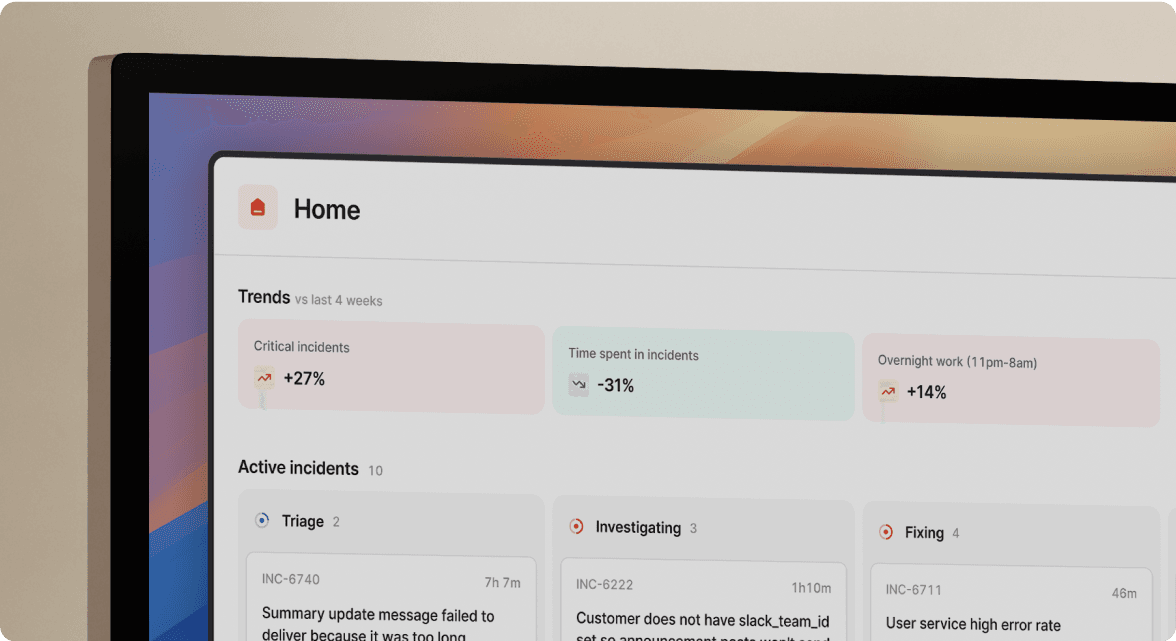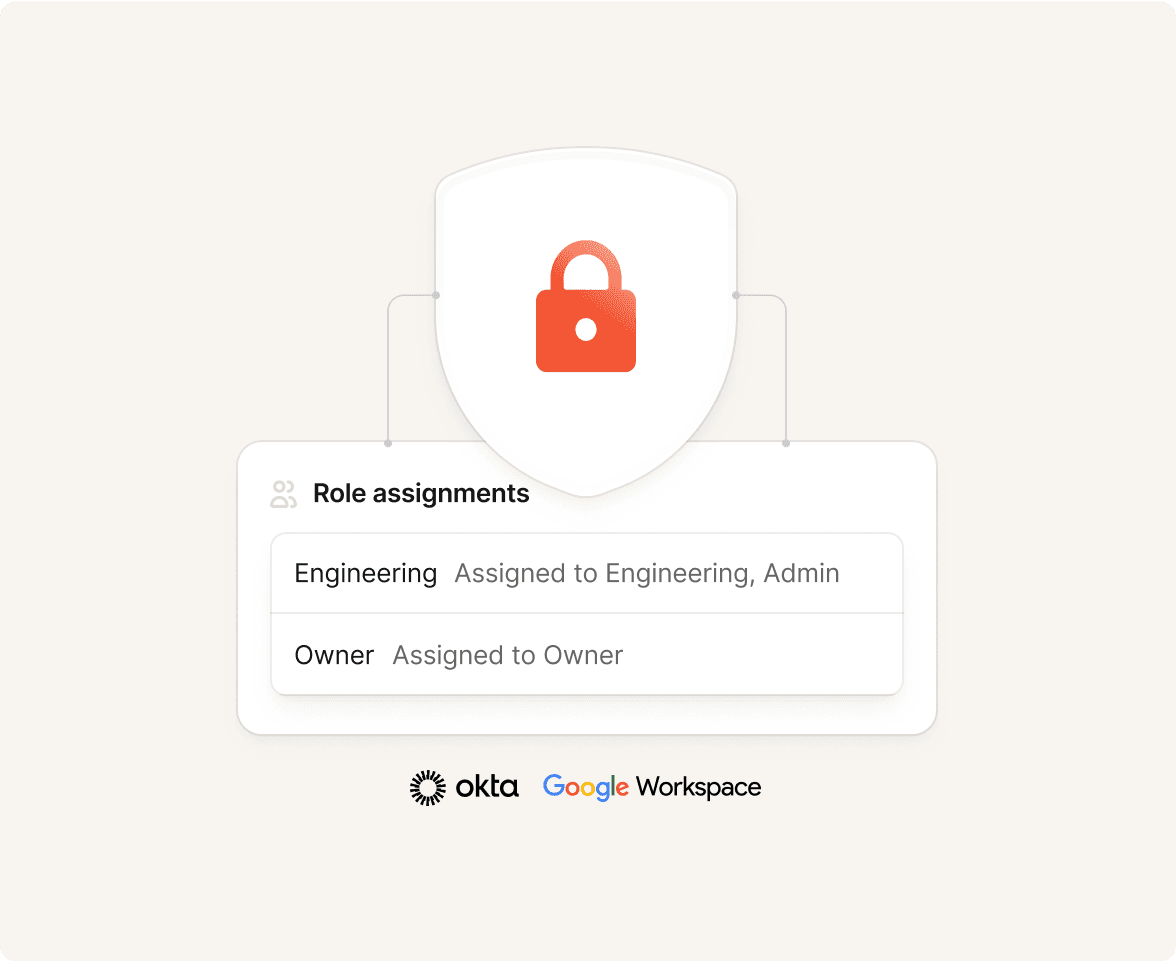
Enterprise-grade security
Manage access securely with built-in SAML/SCIM and providers like Okta & Google Workspace. Stay compliant and in control, no extra tools needed.
Enterprise
Purpose-built for enterprises, and designed to deliver security, scalability, and consistency in the most demanding environments.
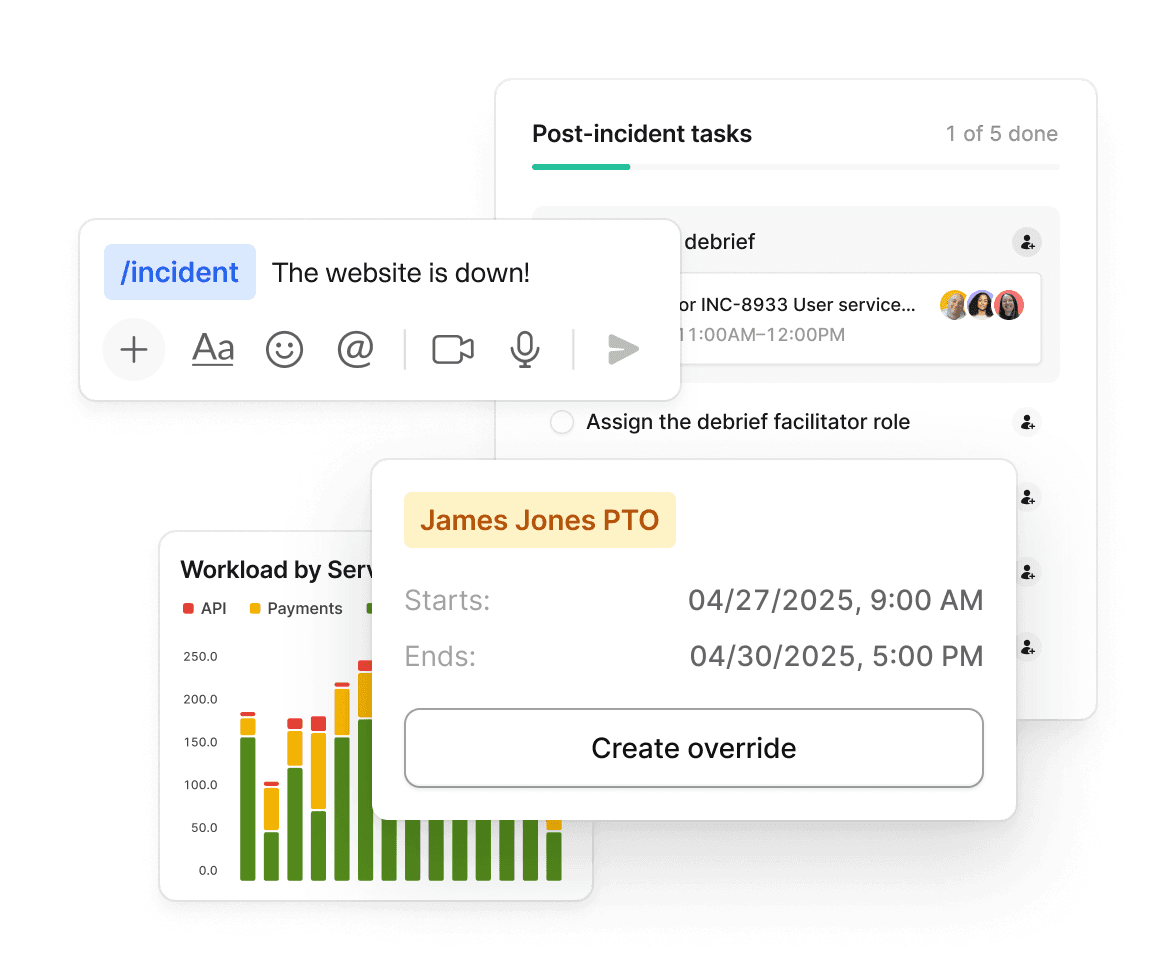
Everything you need for enterprise-grade incident management—security, integrations, and automation—built for organizations with high standards and complex needs.

Manage access securely with built-in SAML/SCIM and providers like Okta & Google Workspace. Stay compliant and in control, no extra tools needed.
Manage your organizations assets with Catalog, a single source of truth for your customers, teams, services, and vendors. Easily connect everything in one place.
Enjoy award-winning, enterprise-level support with industry-leading response times, a dedicated customer success manager, and rapid resolution for technical requests.
Integrate seamlessly with your existing IT ecosystem using APIs, Webhooks, and Terraform. Your data stays yours, and you maintain complete control over configurations and integrations.
Use incidents as a driver for operational resilience. incident.io makes post-incident learning effortless, enabling you to uncover insights, share knowledge, and prevent future failures.

Ensure every incident is handled consistently and in alignment with your internal policies. Automate incident workflows to deliver consistency across teams, locations, and business units.

Our AI is designed with enterprise compliance needs in mind. We enforce zero third party model training. We only use your data for your exclusive benefit, not for other customers.
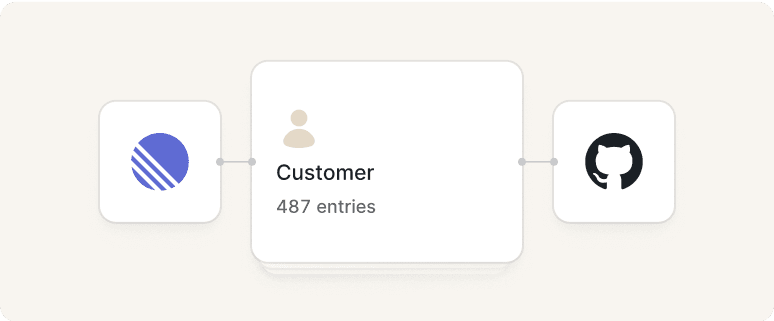
Built for engineering, customer support, risk and compliance, and senior leaders alike.

Into risks and opportunities to improve. Learn from failures and avoid unnecessary repeat incidents.
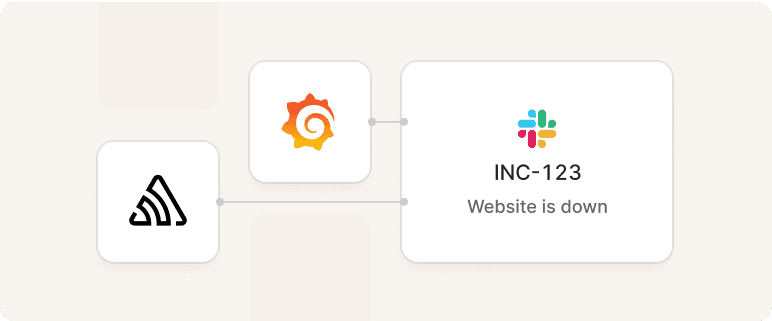
Bring your people, teams, services, platforms, and more for supercharged incident context.
Connect your existing tools, interact with them through incident.io, and massively reduce the overhead of managing incidents.
View our 100+ integrations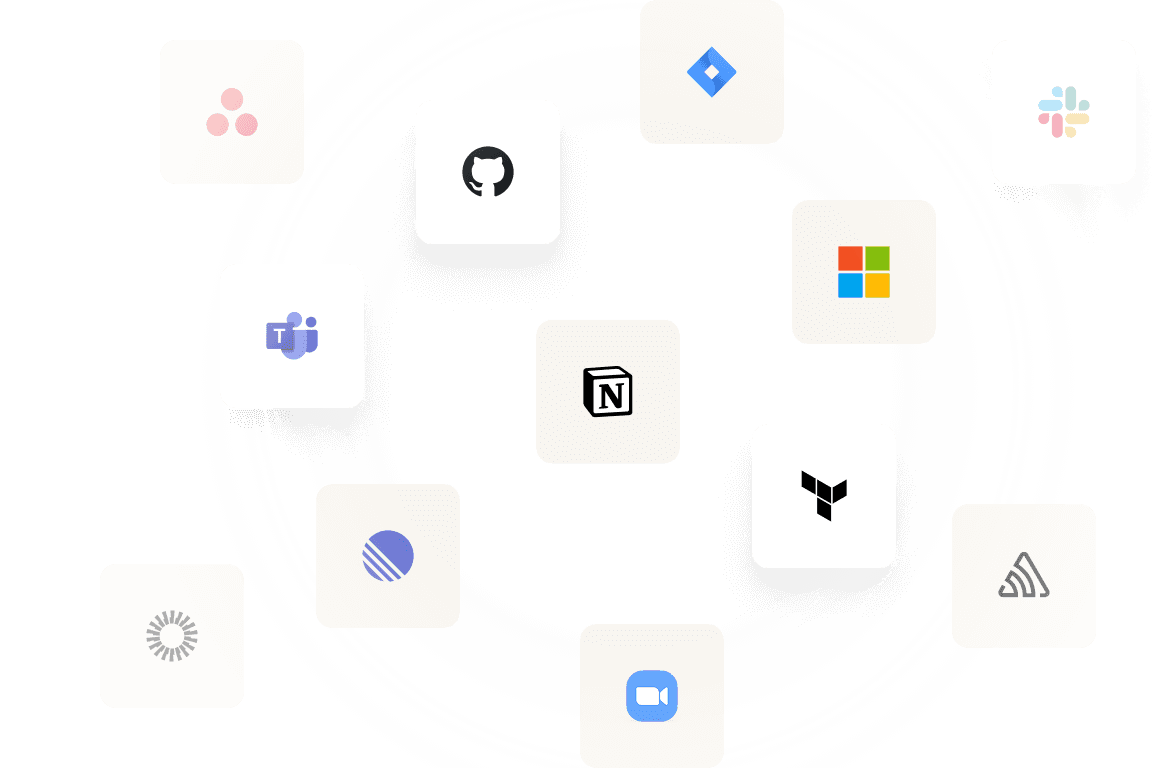
Ready for modern incident management? Book a call with one of our experts today.
